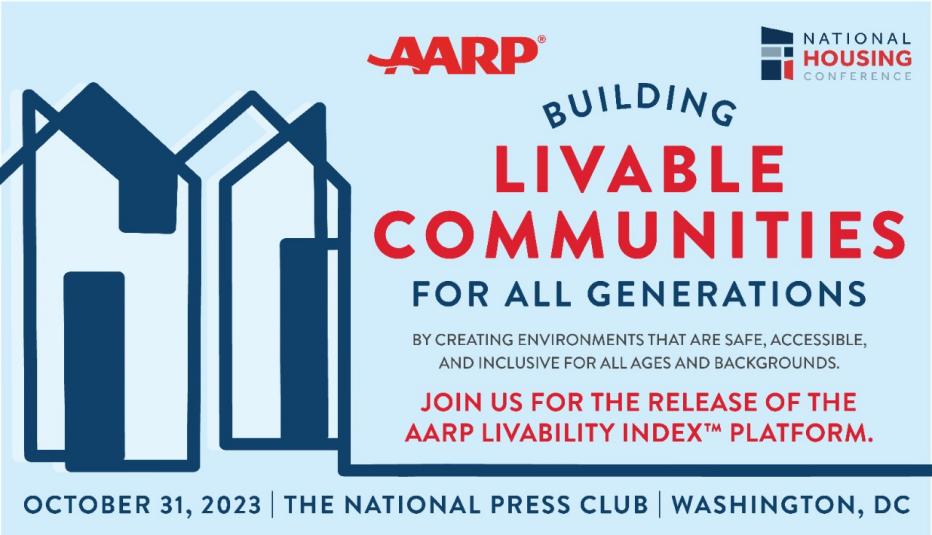AARP Hearing Center
The AARP Public Policy Institute (PPI) is planning a set of livability reports and is developing an AARP-sponsored index to measure community livability across the United States. Lessons learned from that project have initially inspired the creation of two companion reports, “What Is Livable? Community Preferences of Older Adults (hyperlink to article page for this report)” and “Is This a Good Place to Live? Measuring Community Quality of Life for All Ages.”
What is Livable? Community Preferences of Older Adults
This report explores the meaning of livability and describes lessons learned by PPI as part of its work to measure community livability. The goal of this work is to quantify the degree to which a community has the elements that are necessary to meet individual needs regardless of a person’s age, income, physical ability, ethnicity, and other factors.
Previous work on measuring livability offered several lessons for designing the AARP index. That index will accomplish the following:
- Take the wide range of individual preferences into account.
- Include objective indicators to measure what a community looks like and how well it meets the varying needs of community members.
- Take into account policy interventions as a key indicator of a community’s potential to improve over time.
Several of our research findings provide lessons for development of a livability index:
- Individual preferences for livability include both issues that can be addressed by public policy and others that cannot.
- People and communities have differing perspectives: one type of community does not fit all.
From these findings, several implications evolve for an index that aims to measure livability. An index must achieve the following:
- Be relevant and useful to existing efforts to improve community livability.
- Incorporate the needs of older adults into a measure of general livability.
- Be useful for educating people about what they need as they age.
- Help policy makers, planners, and others better understand the needs of an aging population and the steps that can be taken to improve livability.
- Be relevant to all, no matter where they live, what their background may be, or what their income is
- Acknowledge data limitations.































































